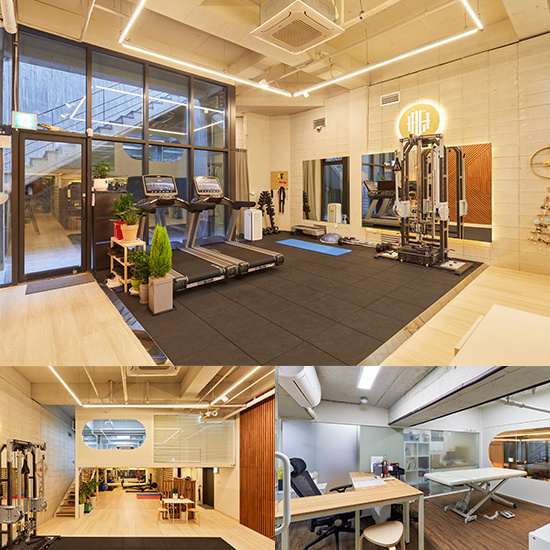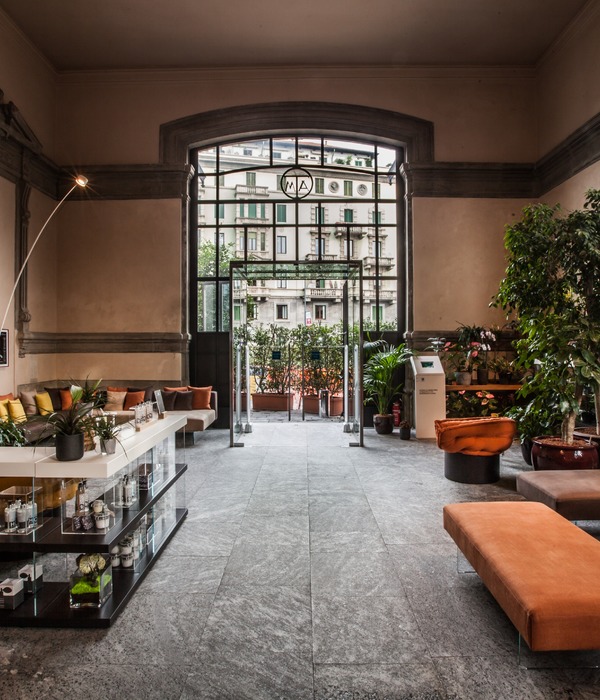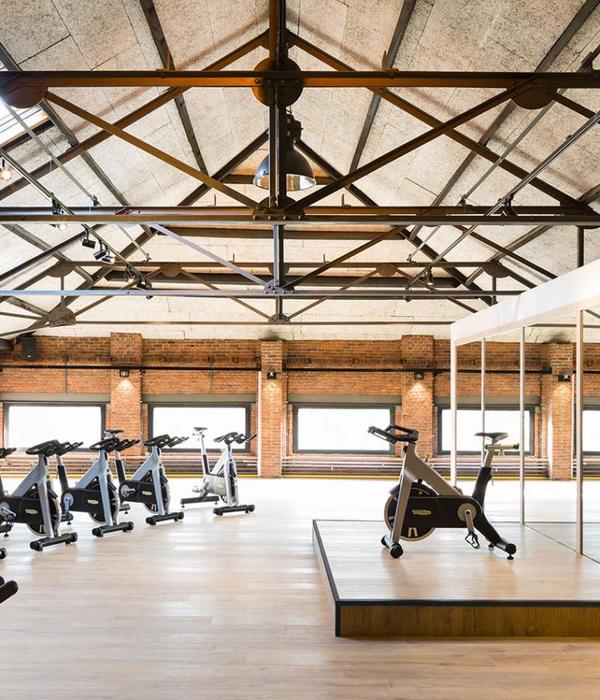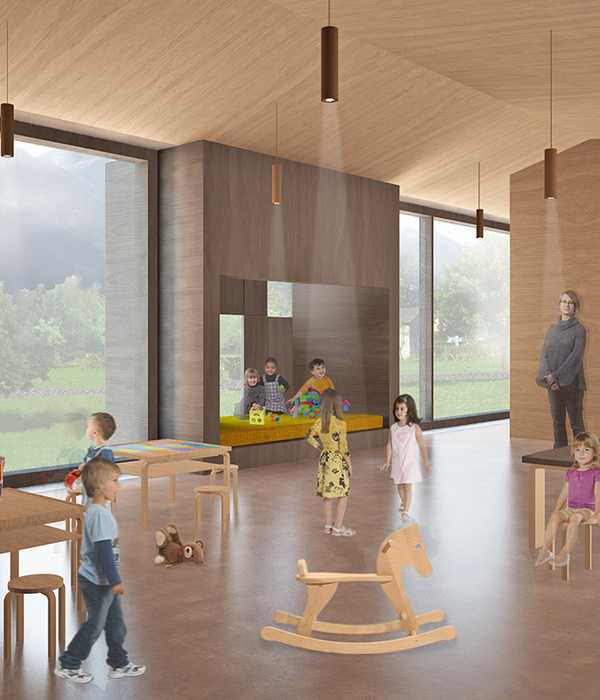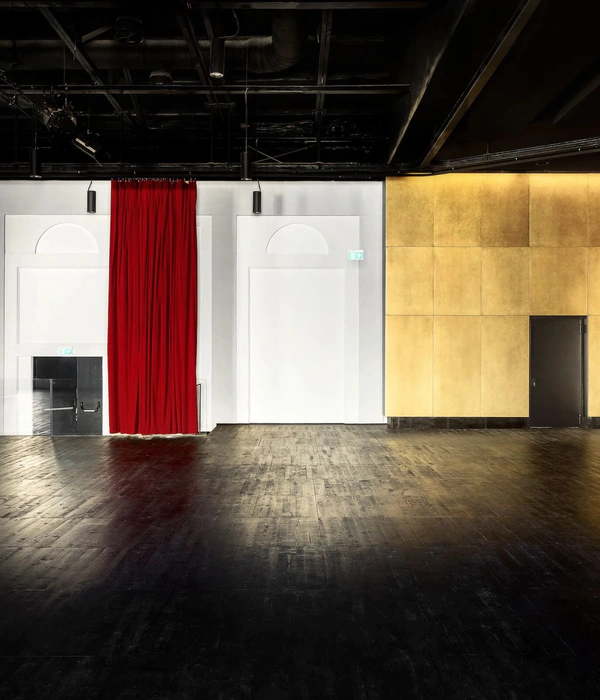architecture design: Archea Associati Laura Andreini, Marco Casamonti, Silvia Fabi, Giovanni Polazzi program: gate; ha hotel; hb hotel; liduo a museum; liduo b museum; ceramic museum; masterbuildings; podium; landscape, masterplan location: Liling, Hunan, China project: Masterplan, architectural, interior design for Liling World Ceramic Art City client: Hunan Liling multicolored underglaze city development co. ltd 2011-2014 total area 210.000 sq. m total built area 69.000 sq. m
PROJECT CONCEPT AND PHILOSOPHY By Marco Casamonti "Li Ling Art City is a new city section entirely devoted to ceramic art. Not a regular city, this is a special one, where the relationship between architecture, urban space and the material made by the company and industrial tradition merge into one. This is why our project started from examining exactly which products and ceramic materials have been and are now made in this area to highlight their features, differences in color and workmanship. We think that a city like this should give visitors the impression of being in a place like no other, not just in the midst of buildings, but in the midst of high quality industrial production. Ceramics are essentially vases, containers. The buildings themselves become containers. Between them, a relationship forms, so that ceramic pieces are like buildings that people move around. This means that the container - vase and container - city/building merge into one. We started from a detailed study of the juxtaposition and combination of these parts, seeking to envision a city section that could be flexible, with interchangeable parts, where the spaces could be an evocative sequence in which visitors are in the "between" space, having an experience of being in between the city space. This is a city with pedestrian streets where pedestrians can go in the spaces waiting to be discovered. Within these places, there are addition spaces focused on ceramic arts, intended to teach about how this great tradition of making and decorating ceramics works. It is an urban whole with the trait of being a container and content at the same time. This is a major conceptual innovation within the contemporary discourse that constantly changes the relationship and dialogue between container and content. Some of the most beautiful contemporary museums have no relationship to the contents inside them. In contrast, we started from the idea of merging these two factors. Inside the building, it is a museum (as it holds objects to be exhibited). However, it is also a museum on the outside because the space generated between the volumes speaks eloquently of how we can experience, move through, touch and look at ceramic pieces. By their nature, they are curved and sinuous, their shapes not completely regular like most buildings. This is why moving inside this city is first and foremost an experience. The hotel's guests will have the experience of staying in a building that is simultaneously a large container. Spatially, it is an artistic installation. I think some of the installations by the Indian artist Anish Kapoor give an idea of the kind of space we can find here, which itself becomes a fantastical, imaginative place from its inception. This is why we expect there to be a large influx of visitors who want to see this city and discover what ceramic art and its universe means, from the smallest piece in the museum to the largest building. A city is made of more than architecture and buildings, or its "hardware". It is also made up of habits and programs, or its "software". We believe that these two levels should be brought together, which is to say the level of the architecture, which is of course evocative, and that of the quality of life to be experienced in this space. We think that to attract tourists and revitalize the great tradition of Chinese ceramic art, there could be a yearly festival of ceramics organized here. Sculptors and artists from around the world could come to make their own installations and ceramic sculptures. This festival could last a week and be an event that repeats yearly, like major events such as the Cannes Film Festival and the Oscars in Hollywood. We envision something like a Nobel Prize, or a Pritzker Prize, an Oscar for ceramics that could draw top artists and manufacturers every year and, perhaps even interested visitors or customers in general who admire ceramic art. It would be a festive week in which in addition to exhibitions, there would be videos and movies. Visitors can also directly observe the production process. Combined with a number of small events throughout the year, this will give the Li Ling Ceramic city an artistic and productive dimension, as well as an international scope as part of an industry that should be known throughout the world. The Ceramic Art City of Li Ling is not merely a part of a city or an industrial exhibition complex. As its name suggests, it is much more than this. It is a place and home of ceramic art, where industrial, cultural and production traditions merge with the expectations to see and learn of the visitors who are sure to be drawn to this city. When visitors come here, they shouldn't find square buildings, rectangles, the usual pieces of a city seen in so many industrial places. Rather they should find a completely different, fantastical city of ceramic pieces, places where the building container and the ceramic contents merge and become one another. It should be a place where strolling around is fun, where there are no cars, only buildings designed like large vases, which visitors can walk into and visit, having the feeling of being inside a special world. This is what we think the new Art Center of Li Ling should be. We think that this new city of ceramic art should be a fantastical, imaginative place, where we can walk in the "between" space, amidst the buildings. It should be a place where we can admire up close the largeness of the spaces, the curved dimensions of surfaces that are far from a traditional city, evoking a creative and imaginative world, like that of ceramics.”
SITE INFORMATION Li Ling is a county-level city in the eastern part of Hunan province of the People's Republic of China. Liling is about 5 miles from Jiangxi province and it is south of Hunan's capital, Changsha. Liling has an area of 2,157 km2 and a population of about 1.020.000. The project site for the new glaze city is of 433.335 sqm. Hunan Liling Ceramic Manufacturing, which lies in the famous Porcelain City of Liling City, Hunan Province, is the city's leading enterprise. The company has introduced advanced production equipment and applies it to the raw materials with a high-technology production process and a strict quality control system for the entire process. Owning a number of hightechnology management titles and advanced equipment, a number of modern production lines and computer controled design, the products reach the international advanced level.
{{item.text_origin}}

